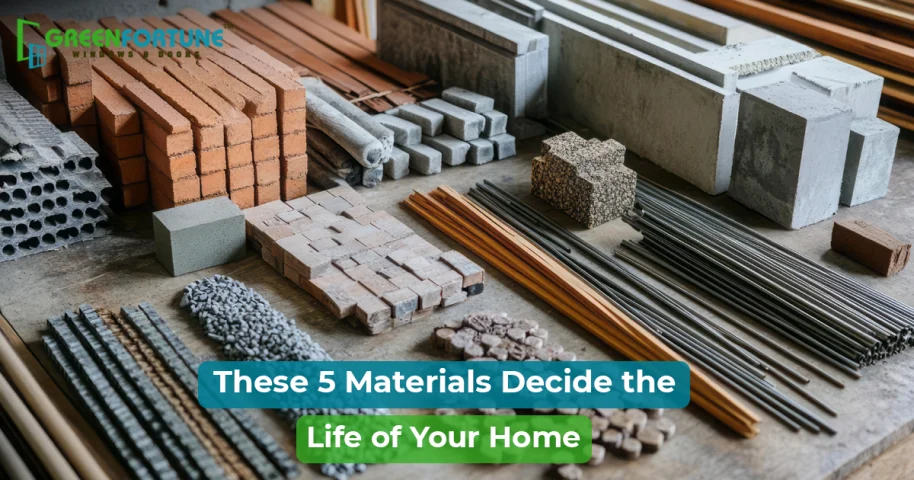
Budget Balcony Garden Ideas: Create a Luxe Oasis Under ₹15K
July 3, 2025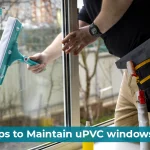
The Complete Guide on uPVC Window Maintenance Tips
July 3, 2025If you plan to construct a house, some building materials are non-negotiable. Trying to cut costs here might result in spending triple on repairs and replacements or even risking your family’s safety.
In this blog, we have shared 5 building materials you should never compromise on, why they matter and how to choose the right ones. So, make sure to read till the end.
Must-Use 5 Building Materials For A Strong Home
When you are building a house, if the foundation is weak, nothing can save you from big losses in the future. Cracks, leaks, corrosion, fire risks- they all begin with the wrong building material choices early in the process.
Here are the top 5 building materials that are 100% non-negotiable.
1. TMT Steel Bars
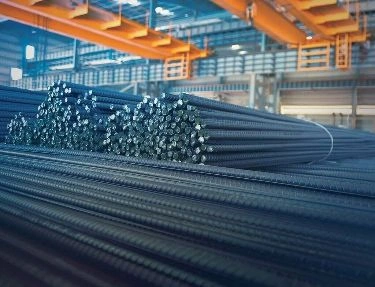
TMT (Thermo-Mechanically Treated) steel bars hold up your house strong through time, weather, and natural disasters. They are used in beams, columns, slabs, footings, and everywhere else where structural strength is needed.
Why should you never compromise?
- Cheap or low-grade steel bars bend under pressure and may not hold during earthquakes.
- Poor-quality bars rust faster, especially in coastal areas.
- Local brands often do not follow IS codes, leading to safety risks.
What to use?
- Grade Fe 500 or Fe 550 TMT steel bars are best for Indian home construction.
- Look for TMT steel bars with anti-rust coating if you are in coastal or high-humidity areas.
- Brands like Tata Tiscon, JSW Neosteel, SAIL, and Kamdhenu offer certified TME steel bars.
- Check for BIS certification, batch number, and uniform rib pattern.
How to avoid mistakes?
- Ask your site engineer to show proof of quality.
- Do not allow substitution on-site, even if the contractor says, “it’s the same.”
- Always store the steel bars elevated from the ground and covered to prevent rusting.
- Even if you are building only a ground floor, opt for high-quality TMT steel bars, as they ensure proper load distribution, seismic safety, and allow for future vertical expansion.
2. Cement
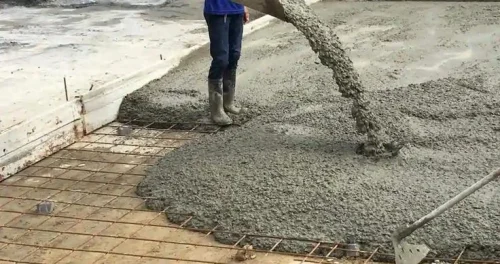
Cement is one of the construction materials you need to be very sure of. It binds bricks, stones, sand, steel and everything together. It fills slabs, sets your foundation, and forms your plaster. The quality of your cement defines the strength and durability of your entire home.
Why does cement quality matter?
- Poor cement leads to cracks, moisture seepage, and weak bonding.
- Fake or adulterated cement is common in local markets.
- Even good cement can lose strength if it’s old or stored wrong.
How to choose wisely?
- Opt for high-grade OPC (Ordinary Portland Cement) 53 for structural works, like RCC, footings, and beams.
- Use PPC (Portland Pazzolana Cement) for plastering, tiling, and non-load-bearing areas, as it gives a better finish and durability.
- Make sure to buy the cement from brands like Ultratech, ACC, Ambuja, Shree Cement, Dalmia, etc.
Common mistakes to avoid:
- Buying cement in loose form or opened bags.
- Not checking the manufacturing date, as cement older than 3 months is not suitable for use and is risky.
- Storing cement bags on the floor without a moisture barrier.
Pro Tip: Use ready mix concrete (RMC) for better consistency and quality control. It’s made in batching plants and transported to the site.
3. uPVC Windows & Doors
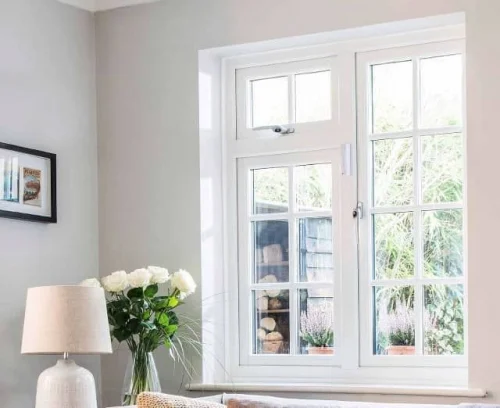
Windows and doors impact your home’s security, energy efficiency, ventilation, and comfort. That’s why you should opt for uPVC solutions.
Why uPVC windows and doors?
- They are weather-proof, and they do not wrap, swell, corrode, or crack like wood or aluminium, even in coastal or high-rainfall areas.
- They keep your home cooler in summer and quieter in traffic-heavy areas.
- They are easy to maintain, and there will be no need for re-painting, no termite issues, and no rust. All you need to do is clean it with a cloth occasionally.
- There is an option for customisation. You can get bay, casement, tilt-and-turn, sliding, fixed or any model of doors and windows that fit your home layout.
Also read: How to repair a wall crack at home?
Common mistakes to avoid:
- Do not compromise on frame quality.
- Avoid recycled uPVC.
- Do not opt for cheap hardware, as the low-quality handles and hinges break quickly.
- Make sure the windows are properly sealed. As improper installation causes water leakage in a year.
Pro Tip: Make sure the uPVC windows and doors are UV-resistant, reinforced with galvanised steel and come with multi-point locking for extra safety.
4. Waterproofing
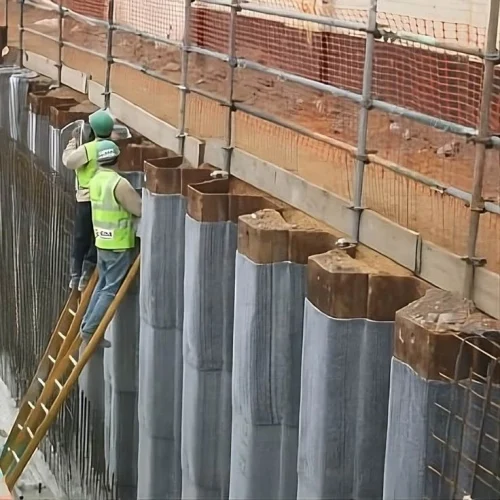
Waterproofing is one of the most ignored steps while building a house. Homeowners believe that waterproofing is a paint or a layer added in the end. It’s wrong. Actually, it is a core part of construction.
Where to waterproof to prevent water seepage, leakage and rainwater penetration?
- Apply slurry or chemicals directly on RCC surfaces before plastering.
- Coat the sunken slab before laying tiles.
- Add a waterproof layer under the floor finish in terraces and balconies.
- Use bituminous or elastomeric membranes in basements and external walls.
Skipping this step can lead to,
- Peeling paint
- Mold growth
- Bad odour
- Disrupt electrical lines
- Weakening of the structure
- Respiratory issues from damp indoor air
What to use?
- Choose from brands like Dr. Fixit LW+, Asian Paints SmartCare, or Fosroc Nitobond.
- Make sure masons and contractors are not adding waterproofing admixtures in mortar or plaster. Or using water-based paint on damp walls, as it leads to flaking.
5. Electrical Wiring & Switches
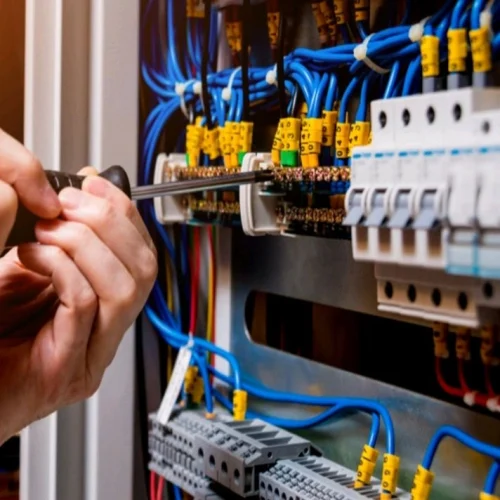
Cheap electrical components can cost you a fortune.
Why do electrical materials matter?
- Substandard wires overheat easily and can cause fires.
- Poor switches and sockets break down often, or worse, cause electrical shocks.
- Hidden wiring faults can be hard to detect but deadly.
What to do?
- Use ISI-marked wires with flame-retardant (FR) or flame-retardant low smoke (FRLS) features.
- Choose from brands like Finolex, Havells, Polycab, RR Kabel, Legrand, or Archor.
- For switches, go for modular systems that are safe and easy to maintain.
Tips:
- Do not source local or no-name brand products.
- Don’t forget surge protectors and ELCB/MCB units in your main distribution board.
- Separate lines for heavy loads like AC, washing machine, geysers.
- Place the switchboards away from wet areas.
Many of us regret only after the problems. With these 5 non-negotiable building materials, nip the problem in the bud.
Also read: 4 common reasons for floor tiles cracking and how to prevent it?
Which uPVC windows & doors to prefer?
GreenFortune’s uPVC windows and doors are made specially for the Indian climate. Whether you are in a coastal city like Chennai, or a susty zone like Delhi NCR, or traffic-heavy cities like Hyderabad, Bangalore, Ahmedabad, etc, these windows can handle it all.
FAQs
1). What is the best time to start building a house in India?
The best time is between October and March. It doesn’t rain much during these months, so the work goes smoothly without delays.
2). How to check if the building materials used are of good quality?
Ask your builder to show bills or certificates for materials. You can also check a few things yourself like if the cement is dry and fresh or if wires are not too thin. It’s best to ask an expert to visit the site once in a while.
3). Can I use eco-friendly building materials to build a house?
Yes, you can use eco-friendly building materials, like fly ash bricks or paints with less smell to build a house. They are safe and good for the planet.








